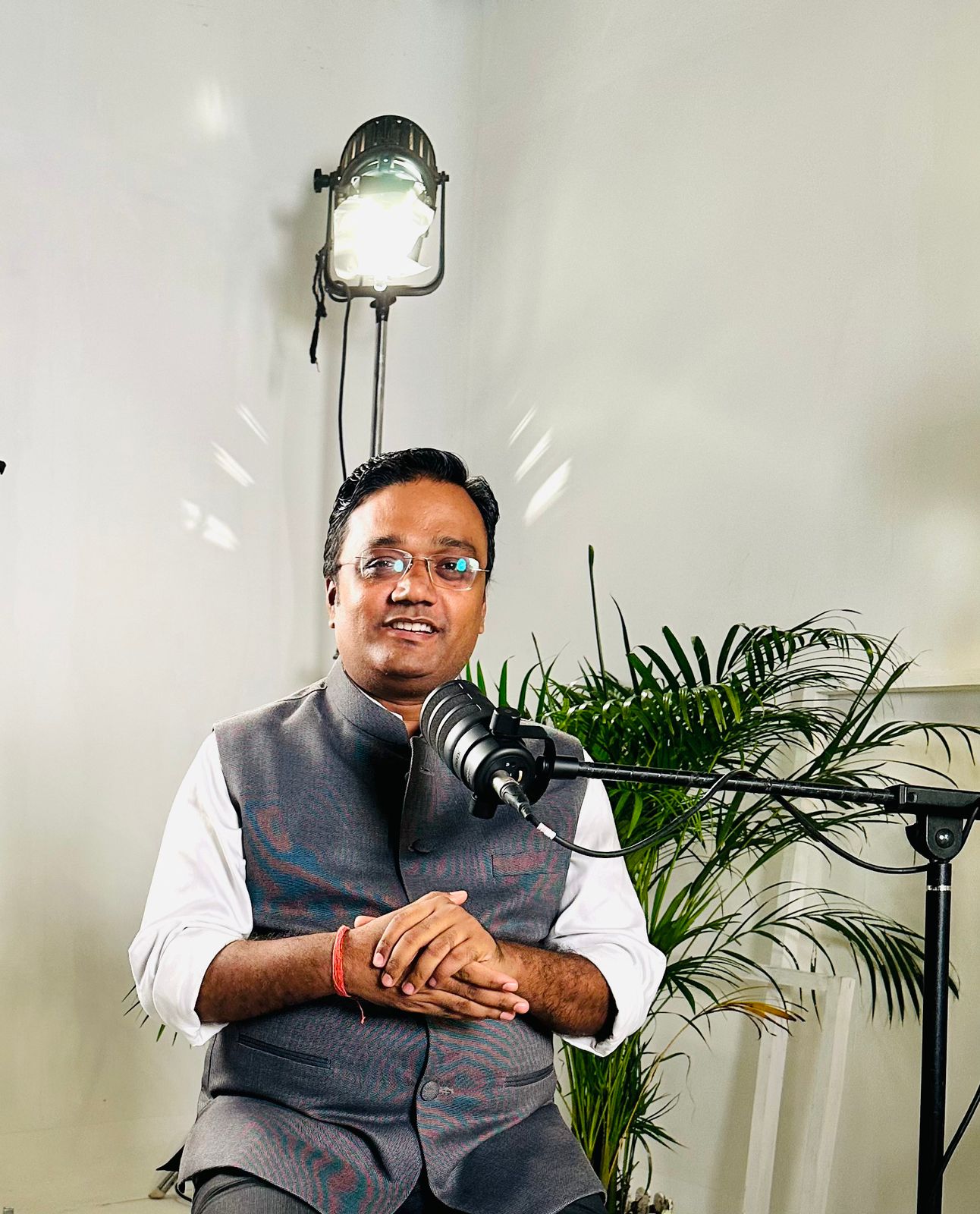Mistakes to Avoid While Filing a Trademark Application

What mistakes to avoid in Trademark Registration?
'Trademark Registration is very important for every business owner to safeguard their IP. Filing a trademark application is a vital step for businesses and individuals who want to protect their brand identity. A trademark registration is a recognizable sign, logo, or expression that differentiates a company’s goods or services from others. In India, trademarks are governed by the Trade Marks Act, 1999, and obtaining a registered trademark can grant exclusive rights and prevent competitors from using similar marks.
However, the trademark registration process in India can be complex and fraught with potential pitfalls if you are first-timers. Many online marketing companies offer trademark registration at Rs. 999 and help you file a trademark application without even doing proper trademark searches. Making mistakes during this process of filing TM-A can lead to delays, rejections, or even loss of rights to your mark. This GrowthX article will guide you through the common mistakes to avoid while filing a trademark application in India.
Failing to Conduct a Thorough Trademark Search
One of the most common and significant mistakes is not conducting a proper trademark search before filing the application. A trademark search helps you identify whether a similar or identical mark already exists in the market.
Why is this important?
If an existing mark is similar to yours, the chances of your application being refused are higher under section 11 for deceptively similar marks. Conducting a search beforehand allows you to avoid this costly mistake and modify your mark accordingly.
How to avoid it:
- Utilize the Indian Trademark Registry's online search tool to look for registered and pending trademarks.
- Consider hiring a legal expert or trademark attorney to perform an in-depth search and analysis.
Choosing a Non-Distinctive or Descriptive Trademark
A common pitfall is selecting a mark that is too generic, descriptive, or non-distinctive. Trademarks that describe the nature, quality, or function of the goods or services cannot be registered, as they do not help distinguish one brand from another.
Example: If you are selling apples and choose "Apple" as your trademark, it is highly likely to be rejected for being descriptive of the product itself.
How to avoid it:
- Choose a mark that is unique, inventive, or arbitrary with respect to your goods or services.
- Avoid using common industry terms, geographic names, or everyday words without adding a distinctive twist.
Incorrect Classification of Goods or Services
The Indian Trademark Registry uses a classification system based on the NICE classification, which organizes goods and services into 45 different trademark classes. Each trademark application must specify the classes in which the applicant seeks protection. Filing under the wrong class is a major mistake that can invalidate your application.
Why is this important?
Filing under the wrong class will limit or nullify your protection in the appropriate market, leaving your business vulnerable.
How to avoid it:
- Carefully review the NICE classification and select the correct classes that match your goods or services.
- If your business spans multiple categories, you may need to file under more than one class to secure full protection.
- Consult with a trademark attorney if unsure about the classification.
Providing Inaccurate or Incomplete Applicant Information
Another frequent error is providing inaccurate or incomplete information about the applicant. If there are discrepancies in the applicant's name, address, or other details, it can lead to complications, rejections, or delays.
Why is this important?
Inaccurate details could result in the application being rejected or challenged later. The trademark may be granted to the wrong party or become invalid due to conflicting information.
How to avoid it:
- Double-check all personal or business information before submitting the application.
- If you are filing on behalf of a company, ensure that the company’s name is correctly listed and matches official documents.
Ignoring the Importance of Trademark Use
In India, a trademark can be registered either based prior user date claim with a user affidavit or on the intention to use it in the future popularly known as proposed to be used. Many applicants fail to understand this distinction and file without a clear plan for using the mark.
Why is this important?
If your trademark is not used in commerce within five years from the date of registration, it may be vulnerable to cancellation on the grounds of non-use even if you have a registered trademark. Plus, if you have a prior user date claim, chances become higher to get the trademark registration certificate.
How to avoid it:
- Ensure you have a concrete plan to use the trademark in connection with your goods or services before filing.
- Consider filing a "proposed to be used" application if you intend to use the mark in the near future.
Filing Without Legal Assistance
While it is possible to file a trademark application on your own, doing so without the guidance of a legal professional can lead to errors and increase the likelihood of rejection. The trademark registration process is nuanced, and missing a critical step could derail your trademark application in TM-A.
Why is this important?
Trademark law involves many technicalities, and small mistakes can lead to costly delays, additional expenses, or outright rejections.
How to avoid it:
- Engage a trademark attorney or consultant who specializes in intellectual property law. They can help navigate the process, conduct thorough searches, file correctly, and respond to objections.
Failing to Respond to Objections or Oppositions
After filing, your trademark application is examined by the Trademark Office, and they may raise objections based on various grounds, such as similarity to an existing mark. In addition, third parties can oppose your application during the publication phase.
Why is this important?
Failing to respond to objections or oppositions within the prescribed time limits will result in the abandonment of your application.
How to avoid it:
- Keep track of the status of your application regularly through the Trademark Registry’s website.
- Respond to any objections or oppositions promptly, preferably with the help of a legal professional who can draft a strong response.
Using a Trademark Before Ensuring Its Availability
Sometimes, businesses start using a mark in commerce before completing a thorough trademark search or filing an application. This can result in unintended infringement of another party’s registered trademark, leading to legal disputes.
Why is this important?
Using a trademark without confirming its availability could result in a lawsuit, financial damages, or an injunction that stops you from using the mark altogether.
How to avoid it:
- Always conduct a trademark search before using the mark in commerce.
- File your application as early as possible to secure your rights.
Not Renewing the Trademark on Time
A registered trademark in India is valid for 10 years, after which it must be renewed. Failing to renew the trademark on time can result in its expiration and loss of exclusive rights.
Why is this important?
If a trademark expires, it becomes available for others to register. You might lose all legal protection and have to start the registration process from scratch.
How to avoid it:
- Keep track of renewal deadlines and file for renewal six months before the expiration date.
- Set reminders or engage a trademark attorney to manage renewals on your behalf.
Overlooking International Trademark Protection
If your business plans to expand globally, filing a trademark in India alone may not offer sufficient protection in other countries. Many applicants neglect to file internationally, which can leave their mark vulnerable outside India.
Why is this important?
Without international protection, competitors in foreign markets may register and use a similar or identical mark, limiting your business's expansion.
How to avoid it:
- Consider filing under the Madrid Protocol, an international system that allows you to file in multiple countries with a single application.
- Plan for future expansion and secure your trademark rights in other relevant jurisdictions.
Misunderstanding the Concept of Prior Use
In India, trademark rights can be acquired through actual use in commerce, even without formal registration. However, many applicants are unaware that someone else using a similar mark prior to their filing may have stronger rights under common law.
Why is this important?
If another business has been using a similar mark before your filing date, your application could be challenged, and you may lose your rights to the trademark.
How to avoid it:
- Conduct a comprehensive search, including unregistered marks and common law rights, to identify any prior use.
- Document the use of your mark in commerce to establish your rights.
GenZCFO Advice
Filing a trademark application is a big investment toward safeguarding your brand. However, the process is detailed and requires careful attention to avoid common mistakes. From conducting a thorough search to ensuring timely renewals, each stage of the application must be handled meticulously to secure and maintain your trademark rights. As a business owner, you should focus on avoiding these common mistakes. At GenZCFO, we have a team of IP Experts who will ensure that your trademark registration process is smooth and successful. Contact us now to book a consultation for your trademark registration. Also, if you have filed your trademark applications already and struggling to get them registered, we can help.


 CA Manish Mishra
CA Manish Mishra